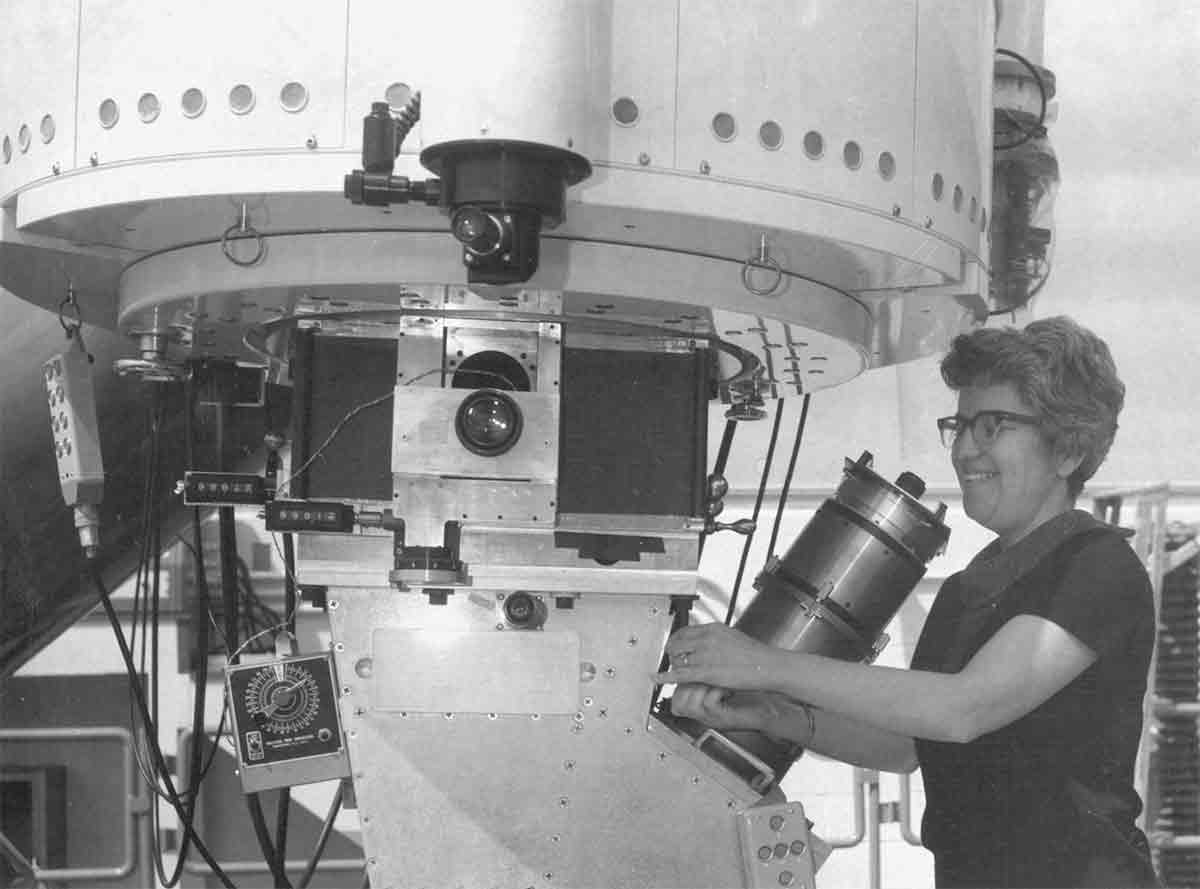The Coming Age of Planets
The first was discovered in 1995. It was enormous -- half the size of Jupiter -- yet orbiting the star at a distance eight times closer than Mercury. Scientists did not think it was possible, that such a thing could exist. It did not fit their models. Yet there it was, undeniable, circling and circling with the ageless precision of the cosmos.
Once again, the universe had popped a new surprise on humanity. And once again, humanity shook its collective head, took a deep breath, and saw the universe afresh.
They called it, eventually, Bellerophon, the first exoplanet.
We live in a new age of discovery, the first days of a new renaissance. It is the dawn of the age of planets.
The discovery of the first extra-solar planet -- 51 Pegasi B, later dubbed Bellerophon -- was the clarion call announcing this new age. It's an age which will come to revolutionize our relationship with the universe as much as Galileo's discovery of the four moons of Jupiter.
In the decade since Michael Mayor and Didier Queloz announced their discovery, new discoveries have followed hot and fast, and with quickening pace. The recent announcement by Geoff Marcy and Paul Butler of an 'Earth like' planet only seven times the size of ours was the latest advance, appropriately marking the age's first decade. As this is written, scientists have detected over 150 exoplanets.
Allow yourself to take that sentence in. 150 planets. 150 new worlds. Our sun has, at most, nine (depending on how you regard poor Pluto). In a single decade we have found fifteen times as many worlds as are resident in our solar system.
Breaking space news, the latest updates on rocket launches, skywatching events and more!
But it is the future that makes the mind stretch with anticipation. For 150 is only the earliest taste of what is to come.
The age of planets will fundamentally shift our understanding of the universe, because it is planets which harbor life. If there is life beyond our tiny plot, it will live on a planet. The first decade has provided the existence proof that planets do spin beyond the confines of our solar system. But the real questions are still to come, and will take decades to answer. The evolution of that quest will map the evolution of humanity's relationship with the universe. Over the coming years, we will learn whether planets are ubiquitous, or rare. We will learn what types and sizes of planet are normal, and which unusual. We will learn if there are any truly Earth-like planets out there, and after that, if any will increase to many. And, someday, we will be able to see whether there is life out there.
The world's space agencies are hard at work constructing spacecraft that will augment the careful research conducted so far with existing telescopes. Missions like Kepler, Corot, Spitzer and the Terrestrial Planet Finder will dramatically improve our vision and allow us to see deep into the hearts of far-off solar systems.
Are we alone, goes the ancient call of humankind, ringing through the ages across oceans and continents, islands and mountain ranges. Always, up to now, the answer has been no. The coming decades of the age of planets may uncover the ultimate answer to the greatest question ever posed.
George T. Whitesides is Executive Director of the National Space Society.
